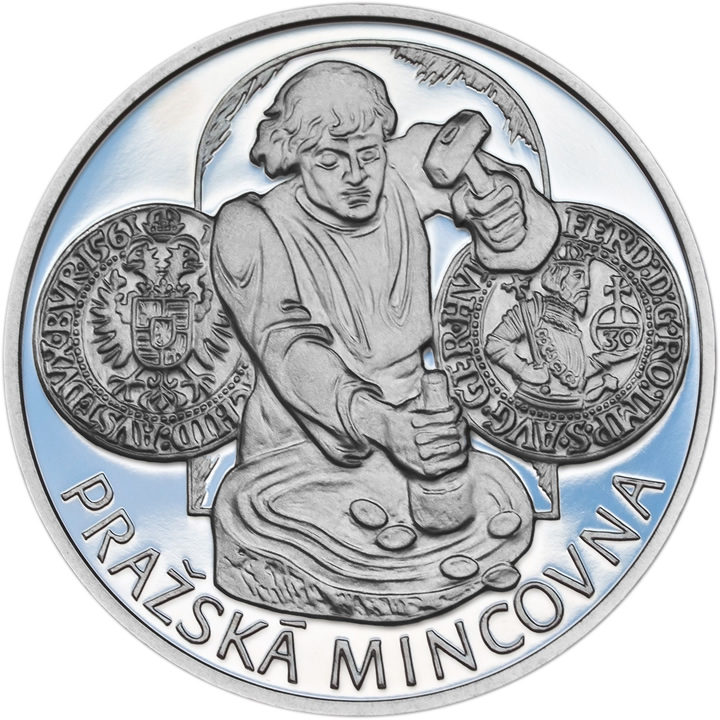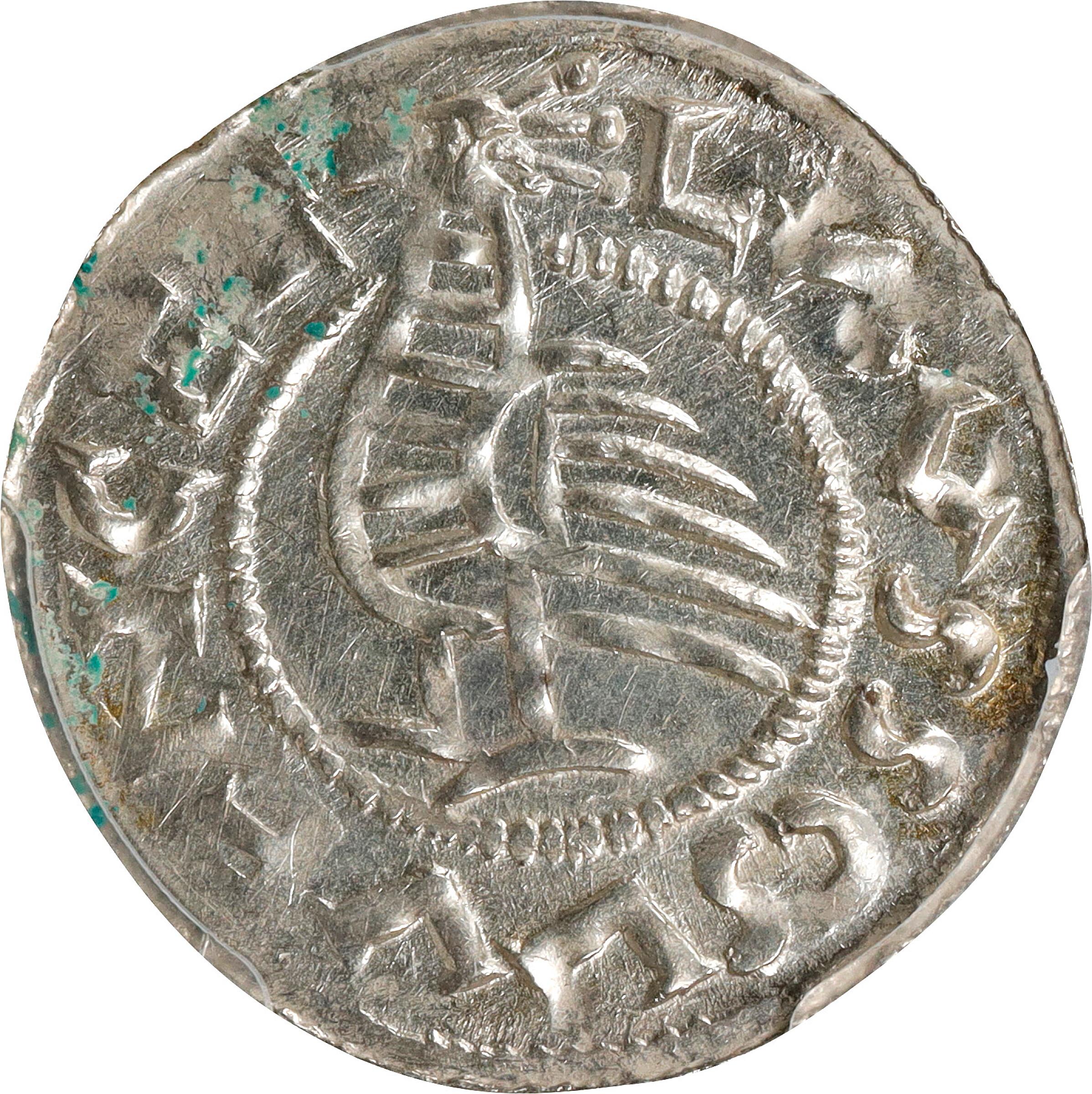Top Advice For Quality Control Prague Mint Coins
Wiki Article
How Do Artists Make Sketches And Designs For Gold Coins And Medals?
Artists employ various techniques to create sketches and designs for gold coins or medals, adapting traditional methods or utilizing digital tools for visualizationHand-Drawn Sketches
Pencil or pencil SketchesArtists usually begin with sketches that are sketched out using pens or pencils on paper. The sketches are helpful in creating and planning the design, layout, and the style of the coin.
Detail Rendering- The artist then refines the sketch, adding more details, drawing out the contours, as well as refining the overall design. This phase may require multiple variations to get the desired result.
Inking or Tracing- Once satisfied with the sketch in pencil and drawing, the artist can ink the final design to give a clearer, more precise outline. Tracing the pencil drawing onto a fresh sheet or using tracing paper is common for this step.
Add depth and shading - Artists will use shading techniques in order to create a more realistic design, realism, or to draw attention to certain elements of the medal's or coin's appearance.
Digital Design Creation
Graphic Design Software. Artists proficient in digital design use Adobe Illustrator and Photoshop, and specific modeling software. Digital tools are used to ensure precision, scale and manipulation to create the design of the medal or coin.
Vector Graphics Digital designs can be created as vector graphic files, which allows the quality to remain the same regardless of the size. The design is then adjusted to suit different coin sizes, without sacrificing the clarity.
3D Modeling- Artists who are skilled are able to use 3D modeling software to show the medal or coin design in three-dimensional space. This provides a more realistic image of the coin or medal design.
Visualization and renderingArtists are able to render the digital design to simulate the appearance of the finished medal or coin, using different finishes, textures, or effects, to see how the design will look in various conditions of lighting or on the surface.
Digital designs or hand-drawn drawings require an advanced art-making skill as well as an understanding of the technical specifications and constraints for the minting of coins and medals. Artists pick their preferred method according to personal experience, client preferences, or the desired aesthetics. Have a look at the top rated drawing Czechoslovakia gold coins site advice. including gold bullion bar price, coin gold bullion, price of 5 dollar gold coin, bullion gold bars for sale, buy gold biscuits from bank, gold coins for sale, 1 oz silver price, gold bullion bars, sovereign british coin, silver price in dollar and more.

What Can Laser Technology Do? Utilized To Refine Gold Coins And Medals Die Surface?
Laser technology used in die production or master hubs is utilized to refine the surface and improve precision. This is how laser technology helps refine the surface in this procedure.
After the initial machining, the surface of the die or master hub is polished using laser technology. It helps to smoothen out imperfections and remove burrs.
Detail Enhancement-
Laser techniques for engraving or ablation can be used to improve or create intricate details on dies or master hubs. Lasers are able to precisely remove or etch material in order to produce intricate patterns lines, fine textures or patterns that would be difficult to achieve using traditional cutting.
Microstructuring-
Laser microstructuring is the art of making of microstructures or patterns on the die's surface. This technique can be used to produce specific patterns or textures which enhance the visual appeal or security features of coins or medals.
Surface hardening or treatment-
Laser technology can be utilized to treat or harden the surface of dies and master hubs. This improves durability and wear resistance that ensures the longevity of the process of striking.
Precision Modifications
Laser technology allows precise modifications on master hubs and dies, without affecting their overall design. It enables changes to be made to the surface of the die, and addresses any discrepancies or imperfections that might affect the overall quality of medals or coins.
Controlled removal of material
Laser ablation eliminates materials with precision, especially when fine details have to be defined or adjusted. The materials are removed without contact, thereby preserving the integrity of the surrounding area.
Laser technology employed in the refinement of surfaces and the enhancement of the details on dies or masters hubs will lead to greater precision, greater detail, and better surface quality. It is a complement to conventional machining, and permits precise control of the surface characteristics of dies that are crucial for making gold coins or medals. Take a look at the best laser processing Czechoslovakia gold coins blog info. including purchasing gold bars, gold quarter dollar, old coins, 1933 double eagle, $50 gold coin, small gold coins, valuable gold dollar coins, gold biscuit buy, silver eagle coins, twenty dollar gold coin and more.
What Are Gold Bars Of High-End Quality Weighed, Sized And Prepared To Be Mint?
Gold blanks of the highest quality are carefully made ready for minting to ensure the production of exact and consistent gold coins or medals. The following is the process that is followed: Preparation of Gold Material selection- Only high purity gold is used in creating blanks. The gold is refined to meet purity standards needed for coinage.
Gold Blank Production- The gold is formed into blanks through a process called blanking or blank-cutting. Blanking involves cutting coin-sized discs or planchets out of the gold using special machinery or stamping processes.
Precision Weighting and Measuring
Weighing Each piece is weighed separately to make sure that it meets the specified specifications to be used for the coin. This ensures each piece has the exact amount of gold needed for the amount desired.
Measuring. Precision instruments are utilized for measuring the diameter, height and length of each blank. This ensures uniformity and conformance to the specifications of the design.
Inspection and Quality Control
Visual Inspection- Every blank undergoes visual inspection to detect imperfections on the surface, irregularities, or other impurities that may affect the final product's quality.
Rejecting non-conforming blanks To ensure consistency and uniformity Blanks that don't conform to the weight, size or quality specifications are rejected.
Justification for the necessity of
Consistency of Minting Process. Weighted precisely and measured blanks ensure uniformity during the minting procedure. Consistency is the key to achieve uniformity during the process of striking, which results in coins or medals with the same high-quality.
Accurate Gold Content - Each blank is precisely weighed to ensure that the final coin or medal has the exact amount of gold intended. This assures precision in both value and purity.
Preventing Variations Uniform blanks eliminate the possibility of variations in weight and size, which could impact the worth of the coin or medal and its legality, or the ability to be used in circulation or commerce.
Quality Assurance - Strict measures of quality control during the blank preparation process ensure that only top-quality, defect-free, blanks are sent to the minting stage which reduces the chance of flaws showing up in the final product.
Legal Compliance - Uniformity and compliance with specifications are essential for coins intended for circulation or commemorative for purposes. They must meet the legal requirements and standards established by regulatory bodies or mints.
Preparing gold blanks of high quality and consistency are essential steps in the coining process. They guarantee the quality and precision of high-value gold coins and medals. Follow the best gold blanks for Czechoslovakia gold medals more examples including gold coin gold, british sovereign gold coin, buy gold biscuits from bank, gold bullion bars, cost of 1 oz of gold, gold silver dealers, silver price in dollar, 1 0z gold, gold bullion bars for sale, gold coin 24k price and more.

How Do Gold Blanks Are Fed Into Coin Presses Under High Pressure?
During the production process, gold blanks will be placed in coin presses, which stamp them with high pressure. The result is finished coins or medals. Here is a quick overview of the steps involved in loading blanks.
A feeder system is connected to the coin press. The system loads gold blanks that are prepared and tested for quality. This feeder makes sure that blanks are always delivered to the press.
Feeding Blanks into the Press
This feeder system guarantees that each blank is positioned precisely inside the stamping chamber. This ensures accurate positioning of each stamping blank.
Alignment and Positioning
The blanks will be placed in the press, and then placed in the striking area, making sure they are in the right place and placed to enable the stamping.
Moving in High Pressure
The coin press presses gold blanks using high pressure by using two dies - one stationary and another moving. The stationary die is equipped with negative impressions of the design engraved on the coin, and the moving die is used to strike the blank.
The die moves and strikes the blanks with immense force. The design is transferred to the surface of the blank. The dies' pressure imprints the designs, creating the raised reliefs and the details of the medal or coin.
Repeated Striking
In order to create designs or images that are more sharp and clearer, multiple strikes can be used on high-quality coins or collectible editions. Each strike improves the quality on the blank surface.
Ejection and Collection
After being struck, the coins or medals created are taken from the presses. They then collect in containers and trays. The stamping designs are checked for quality control in order to make sure that they meet the standards and requirements.
Post-Processing-
Minted coins or medals may undergo additional procedures such as edge lettering, edge reeding, or even post-strike treatments depending on the design requirements or specifications for mints.
The high pressure of stamping imparts the desired designs on gold blanks, changing them to finished coins or medals that are ready for circulation, collections, or commemoration. Precision is required, as any slight deviation in the pressurization or the alignment of the gold blanks can have a negative impact on the look and quality of the finished product. Check out the top rated minting Czechoslovakia gold medals website recommendations. including gold coin with angel on both sides, saint gaudens double eagle, best place to buy gold bars, gold quarter 2000, gold coins for sell, american eagle gold coin 1 oz, 1 10 american gold eagle, gold bars for sale near me, small gold coins, gold coin price today and more.

